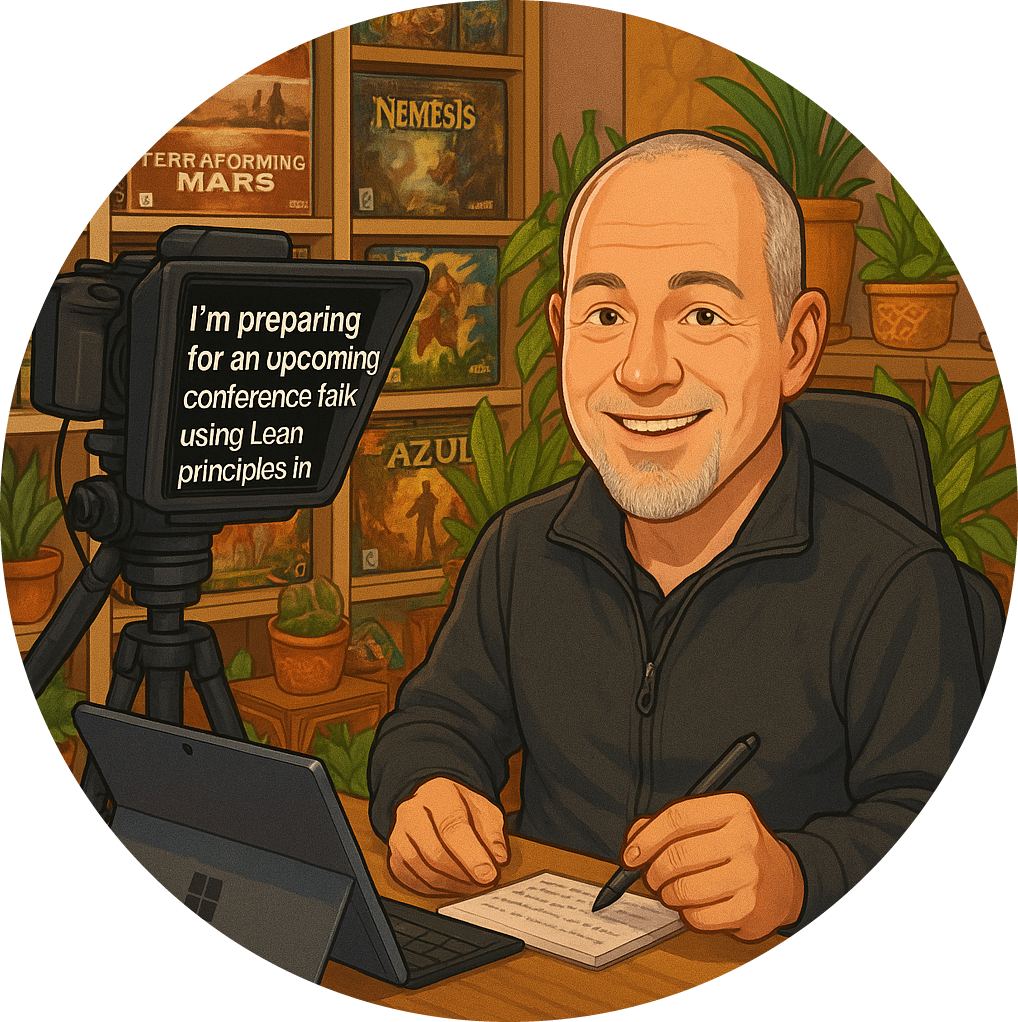Are legacy contracts keeping you stuck with the wrong vendors? If so, you’re certainly not alone. Vendor lock-in is a persistent, often invisible, barrier for organisations striving to modernise their systems of work. I see it time and again: outdated contracts, proprietary platforms, and deeply embedded dependencies that make it nearly impossible to shift direction. Instead of focusing on what’s best for your business, you end up maintaining someone else’s business model, at your own expense.
Why does this matter so much? Because sticking with the wrong vendors doesn’t just slow you down; it actively limits your ability to adapt. You’re forced to operate within their constraints, whether that’s rigid licensing, glacial innovation cycles, or overpriced services that no longer fit your needs. I’ve watched teams pour energy into workarounds and firefighting, all because the real decisions were made years ago, often with little thought for future flexibility.
Let’s be clear: we don’t sell tools. Our work is about helping organisations make sense of their systems of work, the way teams collaborate, plan, and deliver value. The real issue isn’t just the software you’re using; it’s how decisions are being made, and who benefits from those decisions. Too often, the answer is “not you”.
So, how do you break free from vendor lock-in? It’s not as simple as swapping one system for another. In fact, that’s often just trading one set of shackles for another. The real path forward is about making better choices, choices that give you flexibility, control, and the ability to adapt as your business evolves.
Here’s what I recommend, based on years of working with teams facing these very challenges:
- Understand your real constraints: Are they technical, contractual, or organisational? Often, it’s a messy combination of all three.
- Untangle dependencies: Map out where you’re truly locked in. Is it a proprietary data format, a long-term contract, or a process that’s become “the way we do things”?
- Enable better decision-making: Bring transparency to the table. Who’s making the calls, and on what basis? Are you optimising for your business, or for your vendor’s roadmap?
- Create options, not dead ends: Look for open standards, modular architectures, and contracts that allow for change. The goal isn’t to throw everything out and start over, but to create room to manoeuvre.
This is a pragmatic, step-by-step journey, not a big-bang transformation. I’ve seen organisations waste vast sums on “rip and replace” projects, only to end up with a new set of constraints. The smarter approach is to build flexibility into your systems of work, so you’re never this stuck again.
If you’re feeling trapped by legacy contracts or vendor dependencies, the first step isn’t to buy another tool. It’s to understand the choices you actually have. Start by asking the hard questions. Map your dependencies. Challenge the status quo. And above all, don’t accept that “this is just how it is”.
Let’s start a conversation about how you can regain control, because your business deserves better than someone else’s business model.



























